10 years of investing, in five charts
If you invested in tech in the 2010s, you’re probably smiling: Netflix alone returned 3,245%. And, despite travel becoming less enjoyable, Air Canada climbed by a whopping 3,639%.
Advertisement
If you invested in tech in the 2010s, you’re probably smiling: Netflix alone returned 3,245%. And, despite travel becoming less enjoyable, Air Canada climbed by a whopping 3,639%.

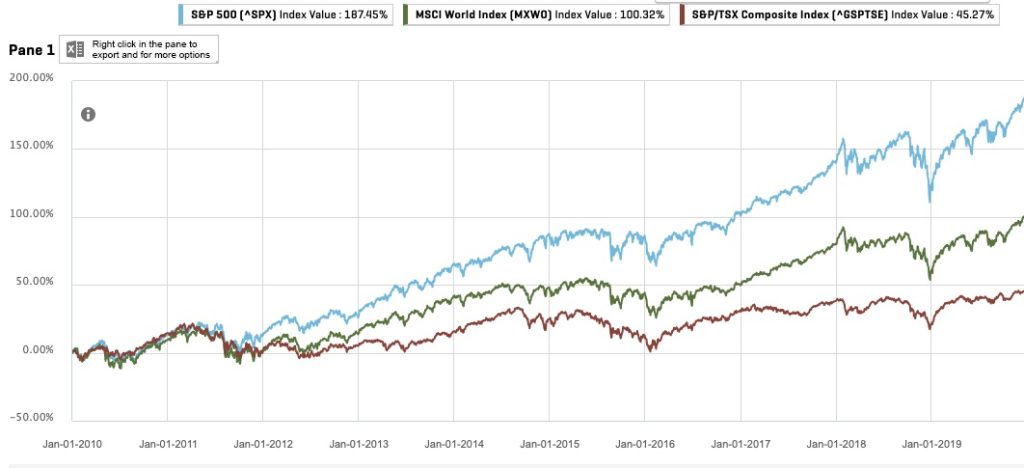
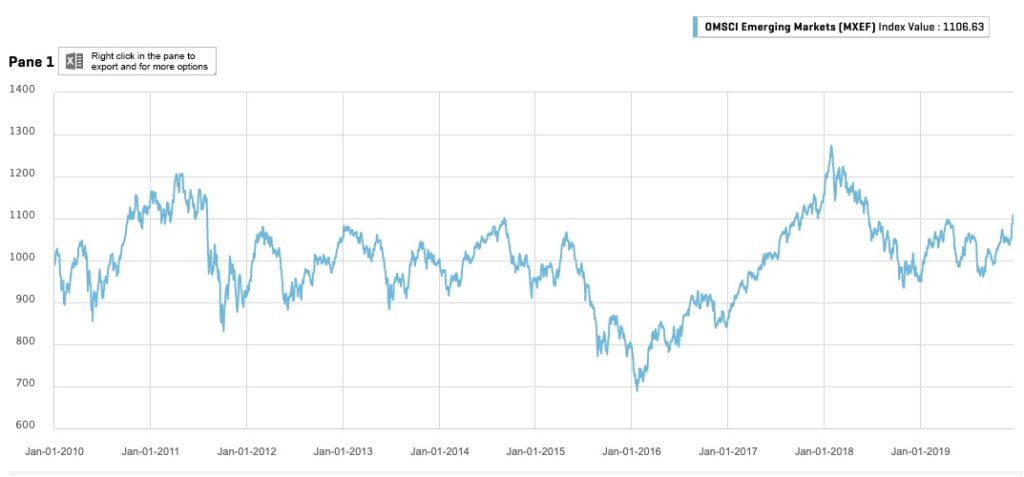
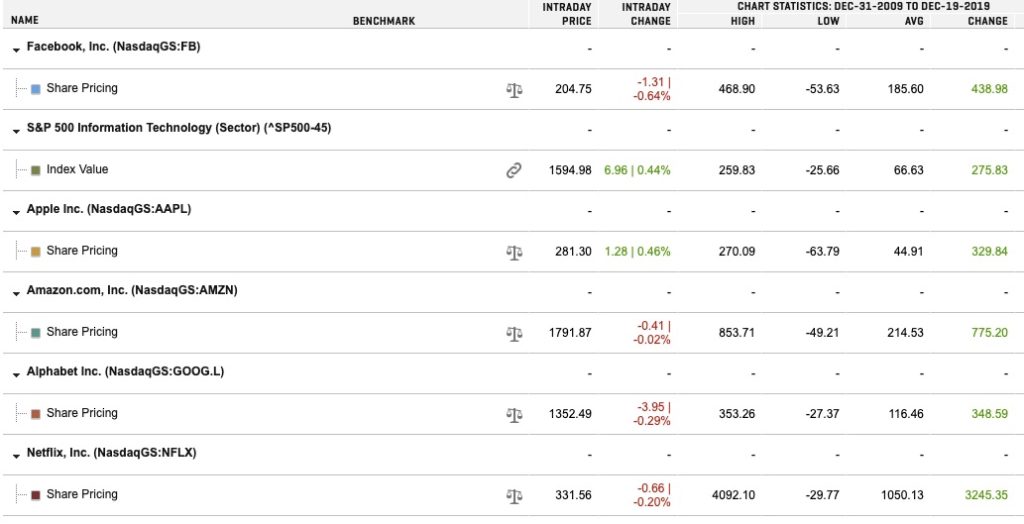
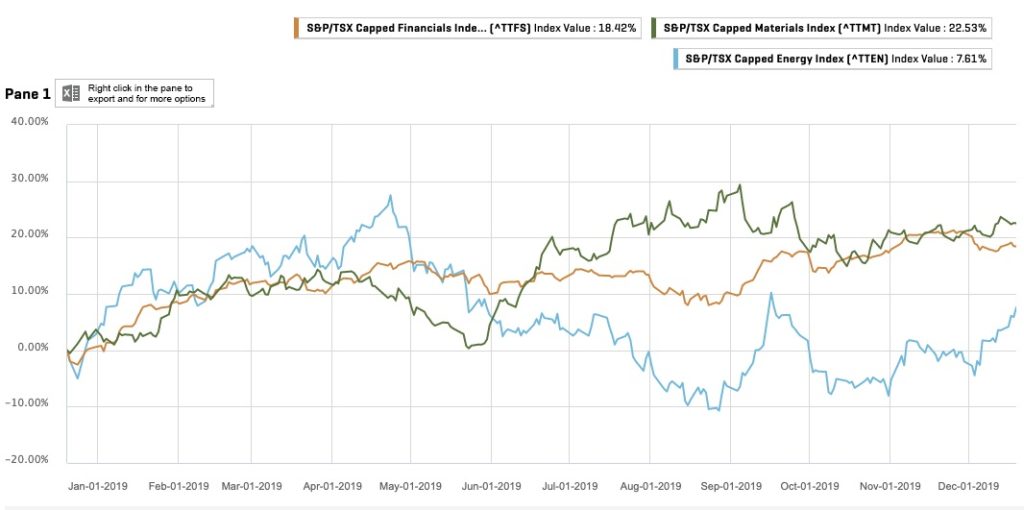
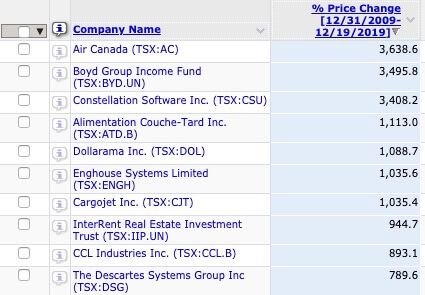
Share this article Share on Facebook Share on Twitter Share on Linkedin Share on Reddit Share on Email